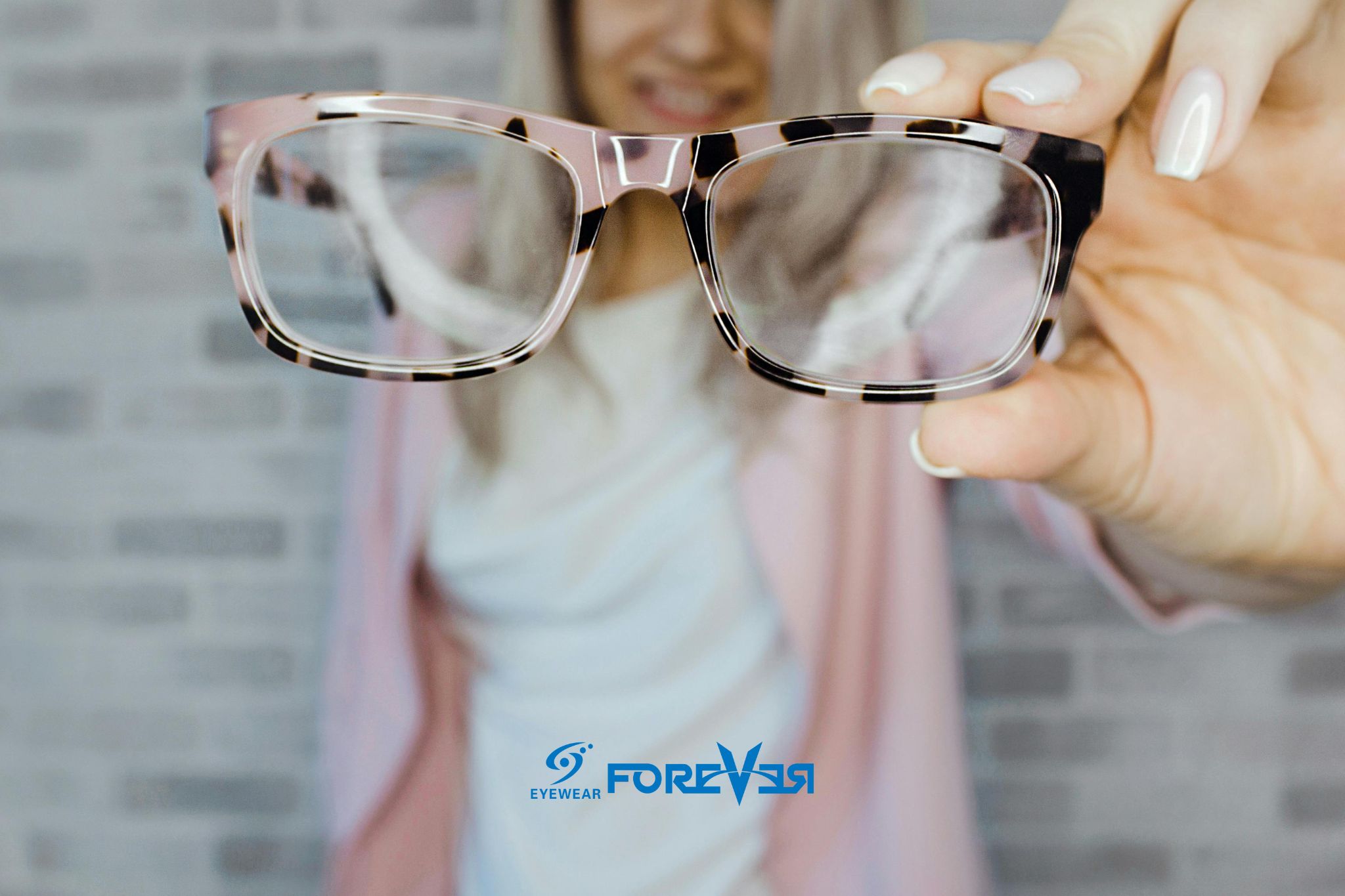Eyewear Branding to Connect with Customers
To stand out in the eyewear industry, you need more than simply producing good frames. Your brand needs to inspire connections on deep levels with customers; one of the most potent tools is storytelling. Through the incorporation of a compelling story into your brand, an emotional connection can be struck with the audience. Thus, your eyewear is transformed from being merely useful in protecting the eyes to standing for identity as well as preferred style and values.

The Importance of Storytelling
Today, just having good eyewear is not enough for a brand to stand out in the oversaturated market. It requires a sort of affinity with the customers at a different level; one of the most potent tools to achieve this is through storytelling. Inserting a compelling story right into your brand helps you connect within an emotional manner with your audience. Thus, your eyewear transcends being just an implement of functionality to being an icon of identity, style and principles.
Improving Engagement with Customers
When your brand has a compelling story, it is important to communicate it across all points of contact. Your brand story should be reflected on your website, on social media channels, on packaging, and even through the design of physical stores. Logos, colors, and fonts help to tell the story through visual elements.
The use of real-life stories from customers can also be powerful. You can, therefore, encourage customers to share the experience had with your products in place; maybe how their new glasses have made them feel more confident or the kind of life they have embraced after going for a sustainable model through your eco-friendly frames.

Conclusion
Within the competitive eyewear industry, one important element to brand-building is storytelling. It enables a brand to resonate with its customers. The narrative should reflect the values and aspirations of the target audience. When such a resonating story is shared, an emotional connection of much more profound nature than the product itself is created.
